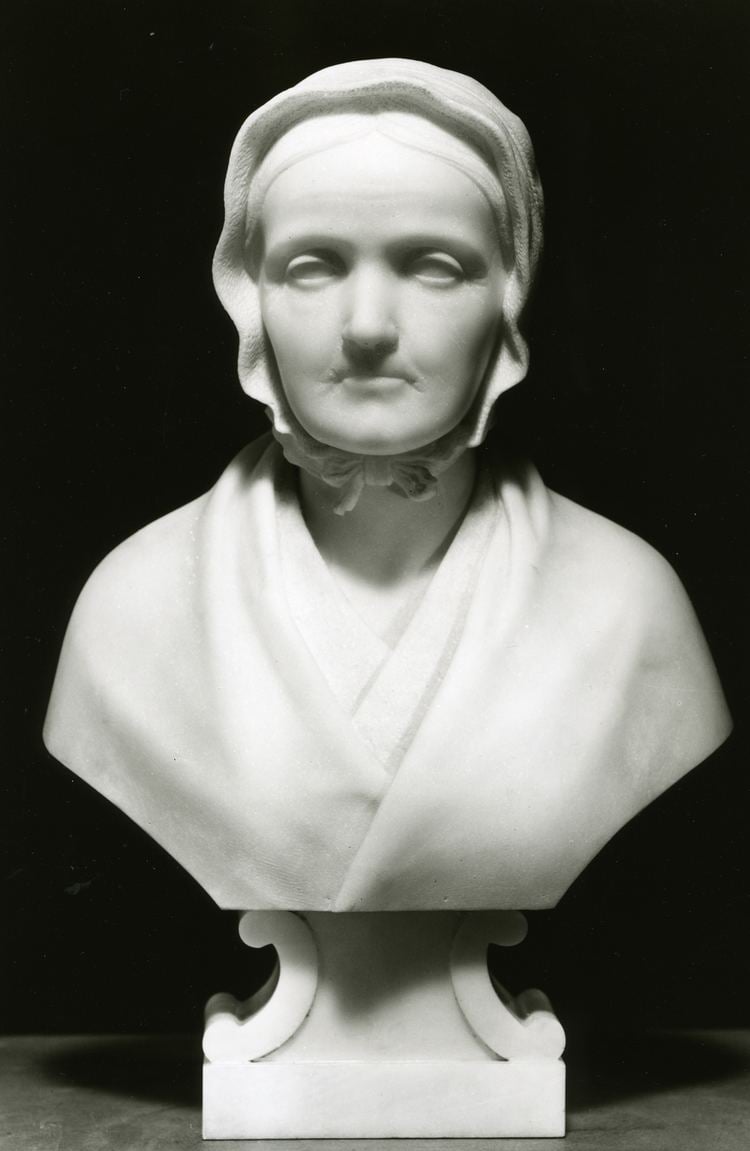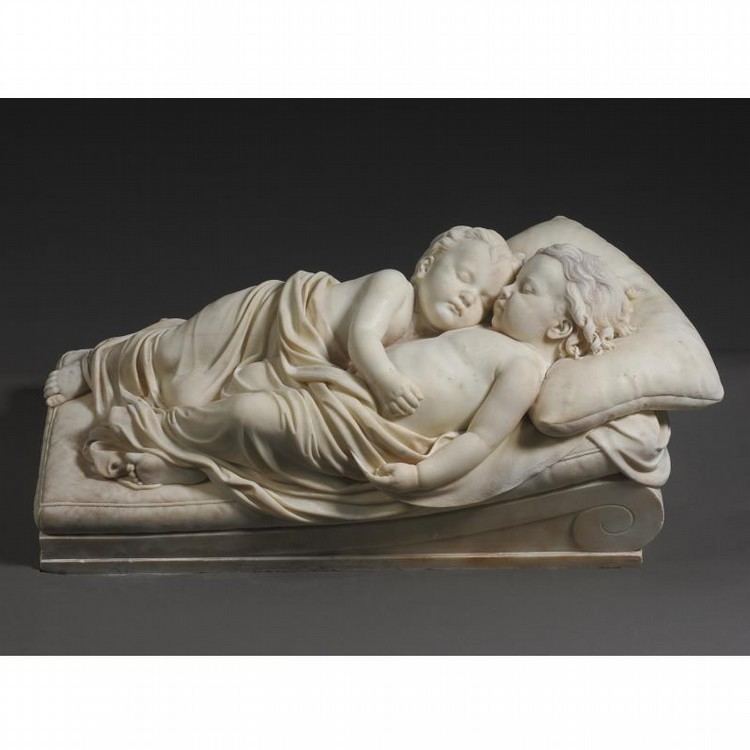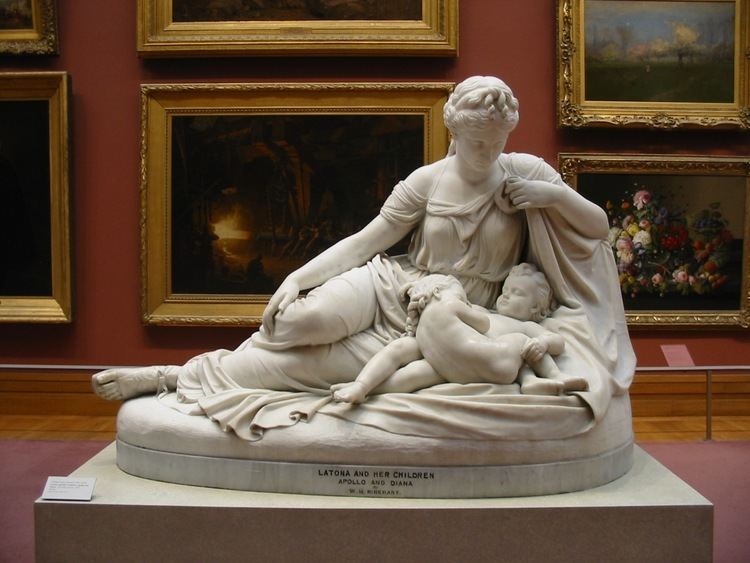Nationality American Name William Rinehart | Known for Sculpture | |
 | ||
Died October 28, 1874, Rome, Italy Artwork Clytie, Roger B. Taney, Jessie Tyson (b. 1866), Hero, Antigone | ||
Great moments in history birthplace of william henry rinehart
William Henry Rinehart (September 13, 1825, Union Bridge, Maryland – October 28, 1874, Rome, Italy) was a noted American sculptor. He is considered "the last important American sculptor to work in the classical style."
Contents
- Great moments in history birthplace of william henry rinehart
- Biography
- Legacy
- Selected works
- References

Biography

The son of Israel Rinehart (1792–1871) and Mary (Snader) Rinehart (1797–1865), William Henry Rinehart was born near Union Bridge, Maryland, where he attended school until he was nearly eighteen. He then began to work on his father's farm, but also became the assistant of a stone-cutter in the neighborhood. In 1844 he began an apprenticeship in the stone-yard of Baughman and Bevan on the site of what is now The Peabody Institute in Baltimore, and studied sculpture at what is now called the Maryland Institute College of Art.

In 1855 Rinehart went to Italy to continue his studies. While there he executed two bas-reliefs in marble, Morning and Evening. On his return, two years later, he opened a studio in Baltimore, where he executed numerous busts, a fountain-figure for the main U.S. Post Office in Washington, DC; and two bronze figures, Backwoodsman and Indian, flanking the clock in the House of Representatives Chamber of the U.S. Capitol. In 1858 he settled in Rome where he would live the rest of his life, except for trips back to the United States in 1866 and 1872. Rinehart is buried in Baltimore's renowned Green Mount Cemetery.
Legacy

Rinehart was financially successful in his lifetime, executing many commissions for wealthy and cultured clients. American patrons often traveled to Italy to meet Rinehart and plan projects for their estates back in America. Rinehart's most important patron and sponsor was William T. Walters, founder of Baltimore's Walters Art Gallery (now the Walters Art Museum).

William Henry Rinehart left his estate in trust for the teaching of sculpture at the Maryland Institute College of Art. In his name, MICA established the Rinehart School of Sculpture and a Rinehart fellowship. The Rinehart School's alumni would include the estimable Hans Schuler, born the year Rinehart died.

According to artcyclopedia.com and askart.com, Rinehart's sculptures, neoclassical in style and mostly of human figures, are in public collections such as those of the Metropolitan Museum of Art (New York City), the National Gallery of Art, (Washington, DC), the Walters Art Museum (Baltimore), the Museum of Fine Arts, Boston, the Brooklyn Museum of Art (New York City), the Carnegie Museum (Pittsburgh), and Ohio's Columbus Museum of Art, among others.
Selected works

